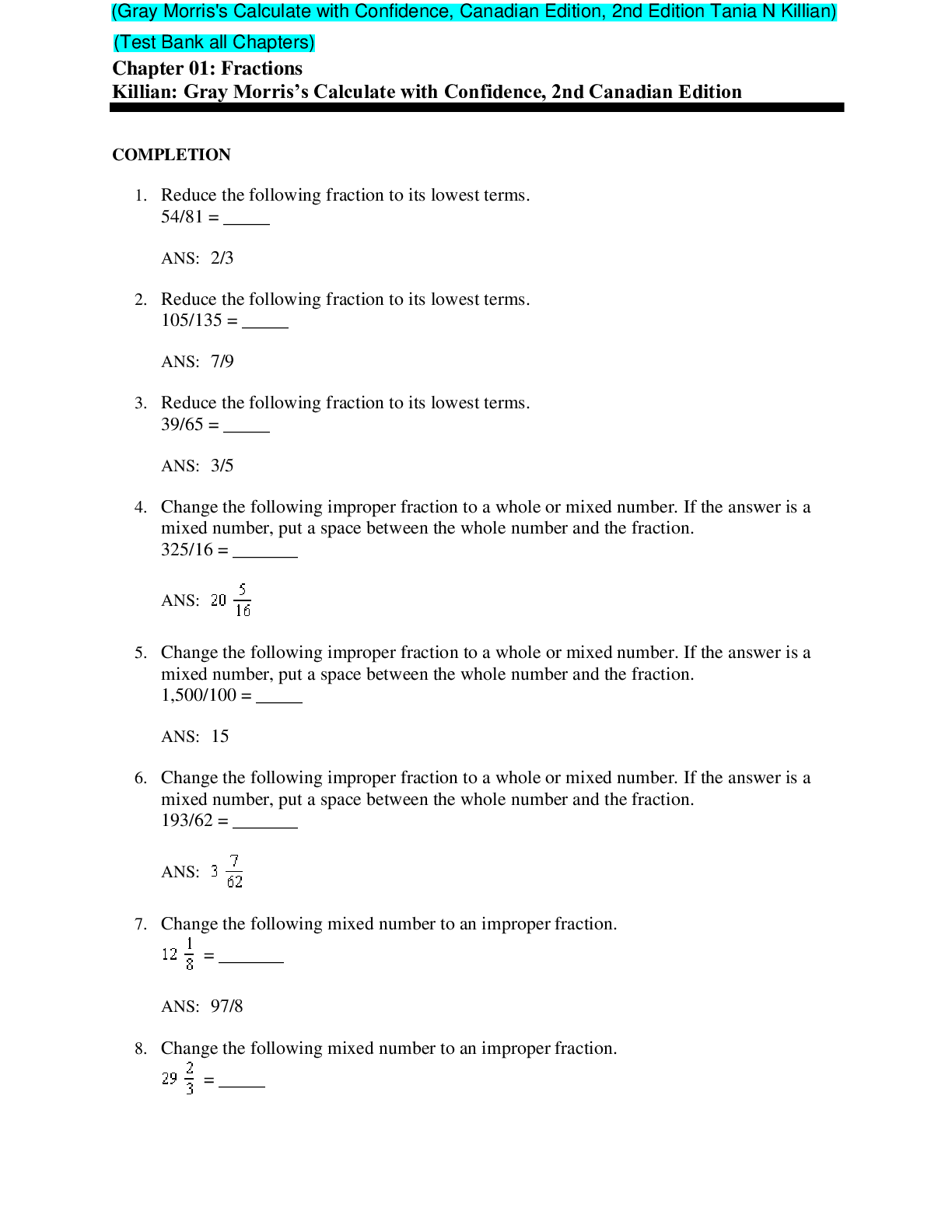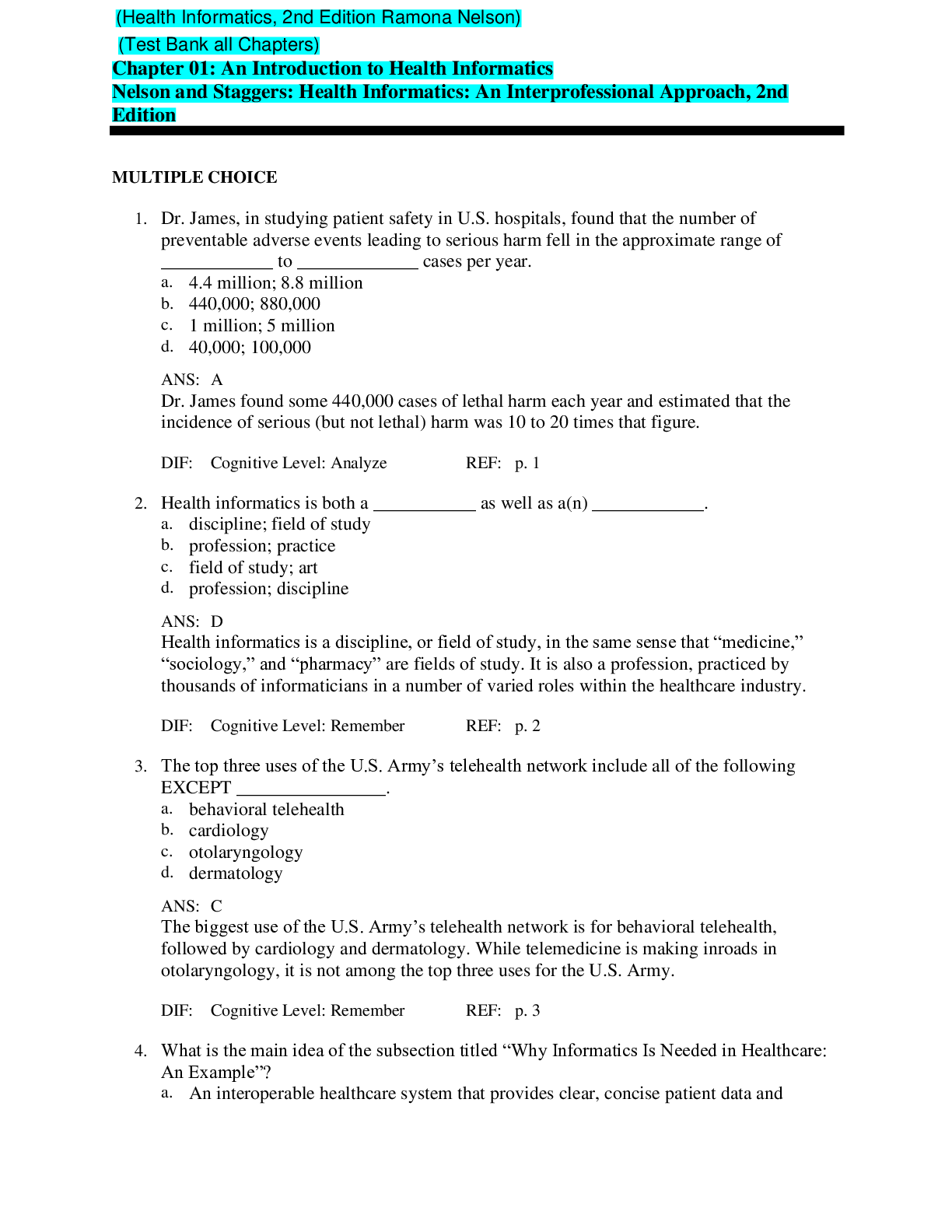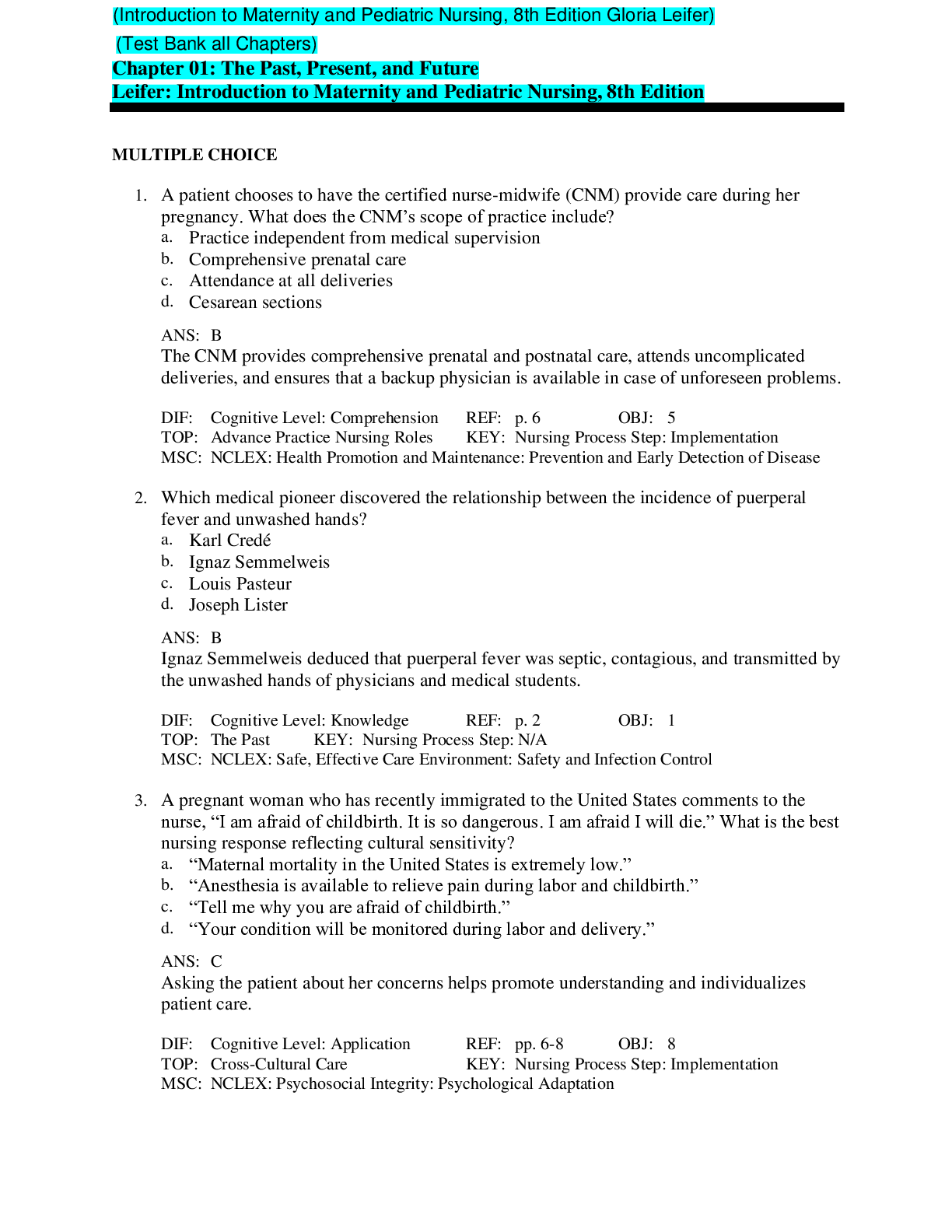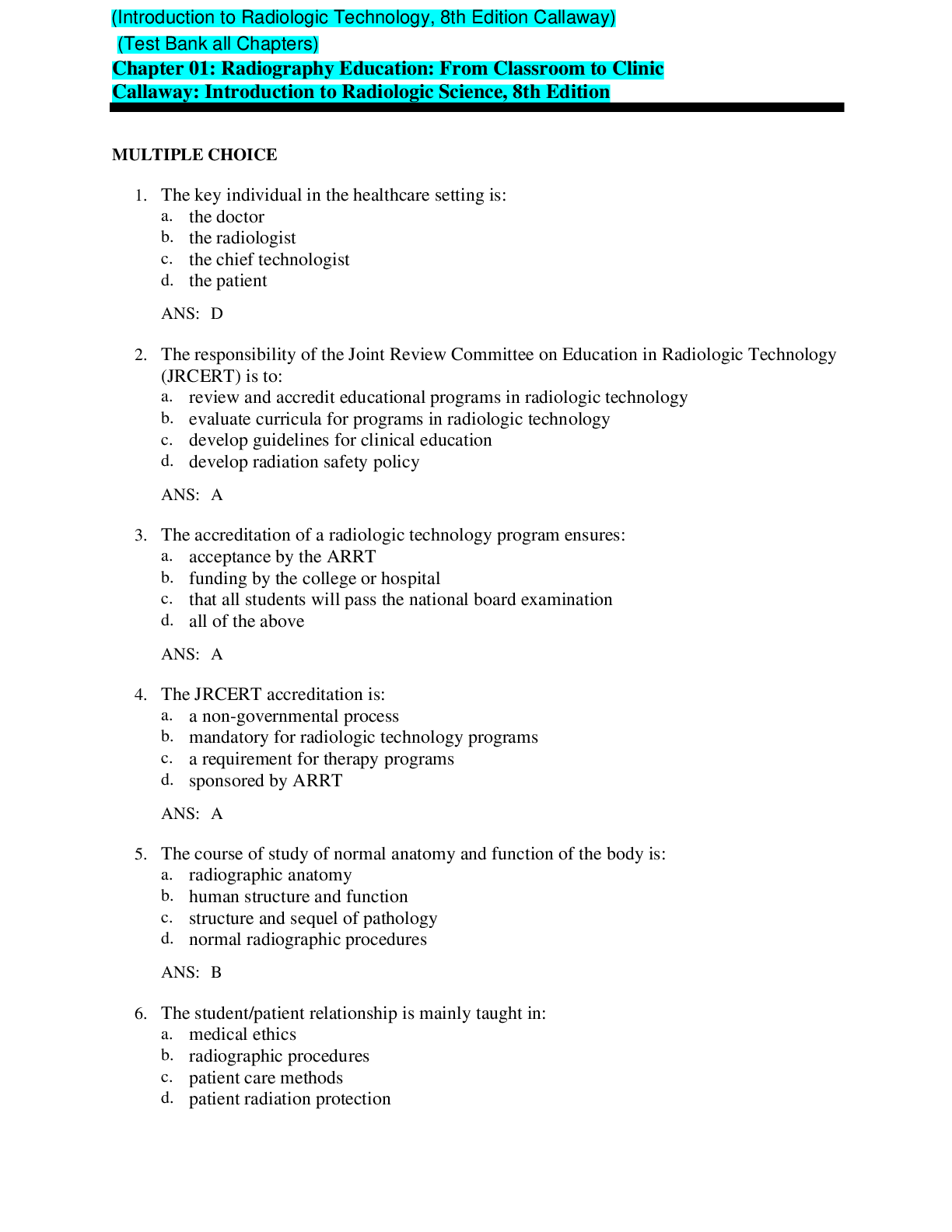Pathophysiology > TEST BANK > Understanding Pathophysiology Test Bank, First Canadian Edition - Kelly Power, Stephanie Zettel_Revi (All)
Understanding Pathophysiology Test Bank, First Canadian Edition - Kelly Power, Stephanie Zettel_Revised 2022 / 2023
Document Content and Description Below
Chapter 02: Genes and Genetic Diseases Huether: Understanding Pathophysiology, First Canadian Edition MULTIPLE CHOICE 1. A nurse recalls that the basic components of DNA are: a. pentose sugars and... four phosphate bases. b. a phosphate molecule, deoxyribose, and four nitrogenous bases. c. adenine, guanine, and purine. d. codons, oxygen, and cytosine. ANS: B The three basic components of DNA are deoxyribose; a phosphate molecule; and four types of nitrogenous, not phosphate, bases. DNA does not contain condone. REF: p. 38 2. Which of the following mutations have the most significant effect on protein synthesis? a. Base pair substitutions b. Silent mutations c. Intron mutations d. Frameshift mutations ANS: D The frameshift mutation involves the insertion or deletion of one or more base pairs of the DNA molecule. This greatly alters the amino acid sequence, which affects protein synthesis. The base pair substitution is a type of mutation in which one base pair replaces another. Silent mutations do not change amino acids or protein synthesis. Intron mutations are part of RNA sequencing. REF: p. 39 3. The base components of DNA are: a. A, G, C, and U. b. P, G, C, and T. c. A, G, C, and T. d. X, XX, XY, and YY. ANS: C The four base components of DNA are cytosine, thymine, adenine, and guanine, and they are commonly represented by their first letters (C, T, A, and G). There are no genetic components identified as P or U. The letters X, XX, XY, and YY are components of human chromosomes. REF: p. 38 4. A DNA strand has a region with the sequence ATCGGAT. Which of the following would be a complementary strand? a. CGATACGT b. TAGCCTAG c. TUGCCTUG d. UAGCCUAG ANS: B The consistent pairing of adenine with thymine and of guanine with cytosine is known as complementary base pairing; thus, A complements to T and C to G and vice versa throughout the strand. A complements to T; thus, the first letter must be a T. U does not represent a complement in the sequence. REF: p. 39 5. A biologist is explaining how RNA directs the synthesis of protein. Which process is the biologist describing? a. Termination b. Transcription c. Translocation d. Translation ANS: D In translation, RNA directs the synthesis of a polypeptide, interacting with transfer RNA (tRNA), a cloverleaf-shaped strand of about 80 nucleotides. Termination does not involve the synthesis of protein. Transcription is the process by which DNA specifies a sequence of messenger RNA (mRNA). Translocation is the interchange of genetic material between nonhomologous chromosomes. REF: p. 42 6. What is the result of homologous chromosomes failing to separate during meiosis? a. Neurofibromatosis b. Aneuploidy c. Polyploidy d. Conjoined twins ANS: B Nondisjunction is an error in which homologous chromosomes or sister chromatids fail to separate normally during meiosis or mitosis. The result is aneuploidy. Neurofibromatosis is not due to chromosome failure during meiosis. Polyploidy occurs when a euploid cell has more than the diploid number of chromosomes. Conjoined twins are not due to chromosome failure during meiosis. REF: p. 43 7. A cell that does not contain a multiple of 23 chromosomes is called a _____ cell. a. diploid b. euploid c. polyploid d. haploid ANS: C A polyploid cell is one in which a euploid cell has more than 23 pairs of chromosomes. A diploid cell is when the somatic cell nucleus has 46 chromosomes in 23 pairs. A euploid cell is a cell with multiples of the normal number of chromosomes. A haploid cell has only one member of each chromosome pair, for a total of 23 chromosomes. REF: p. 42 8. A 20-year-old pregnant female gives birth to a stillborn child. Autopsy reveals that the fetus has 92 chromosomes. What term may be on the autopsy report to describe this condition? a. Biploidy b. Triploidy c. Tetraploidy d. Aneuploidy ANS: C Tetraploidy is a condition in which euploid cells have 92 chromosomes. Biploidy is a euploid cell with two times more chromosomes, or 46. Triploidy is a zygote that has three copies of each chromosome, rather than the usual two. Aneuploidy is when an aneuploid cell does not contain a multiple of 23 chromosomes. REF: p. 42 [Show More]
Last updated: 11 months ago
Preview 1 out of 2 pages
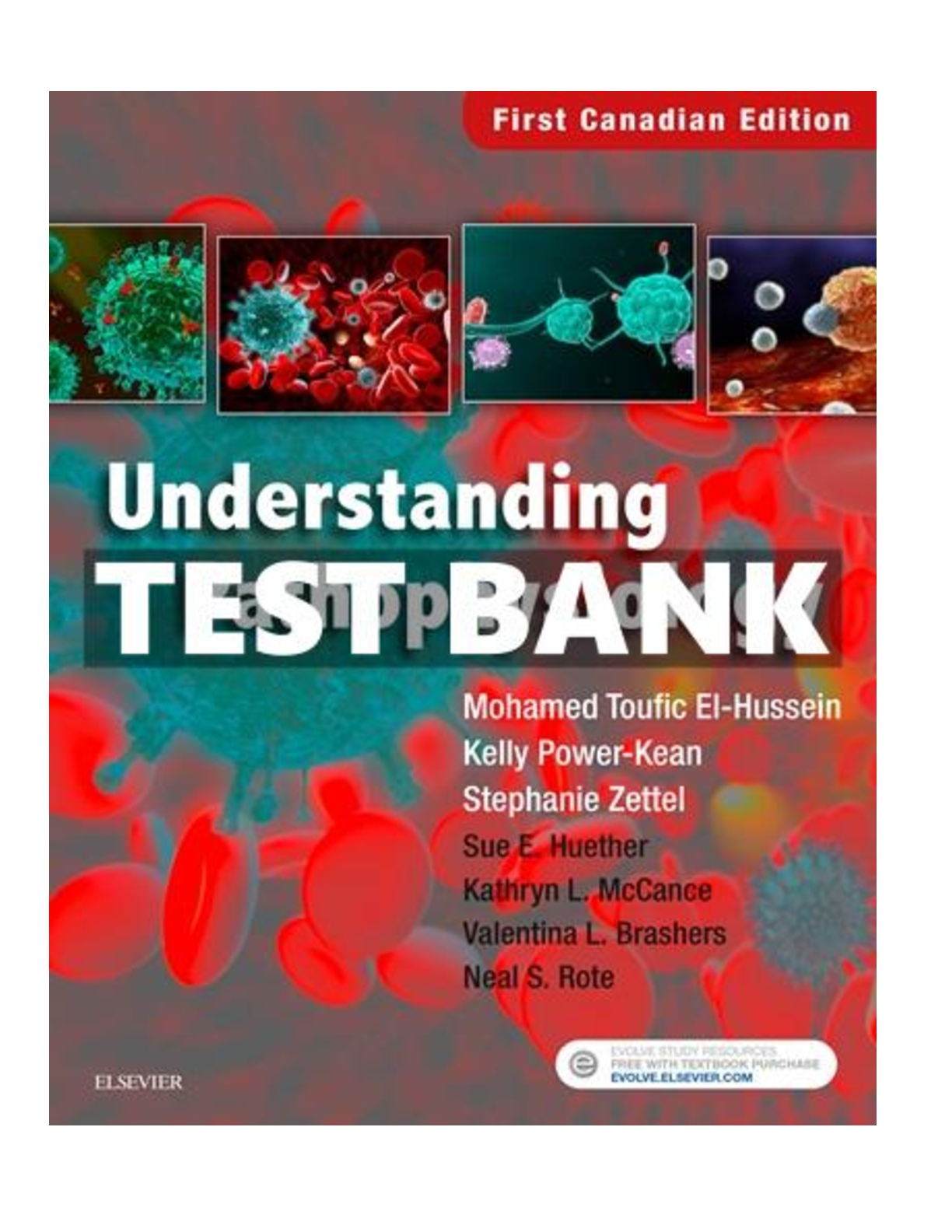
Reviews( 0 )
Document information
Connected school, study & course
About the document
Uploaded On
Mar 19, 2023
Number of pages
2
Written in
Additional information
This document has been written for:
Uploaded
Mar 19, 2023
Downloads
0
Views
122


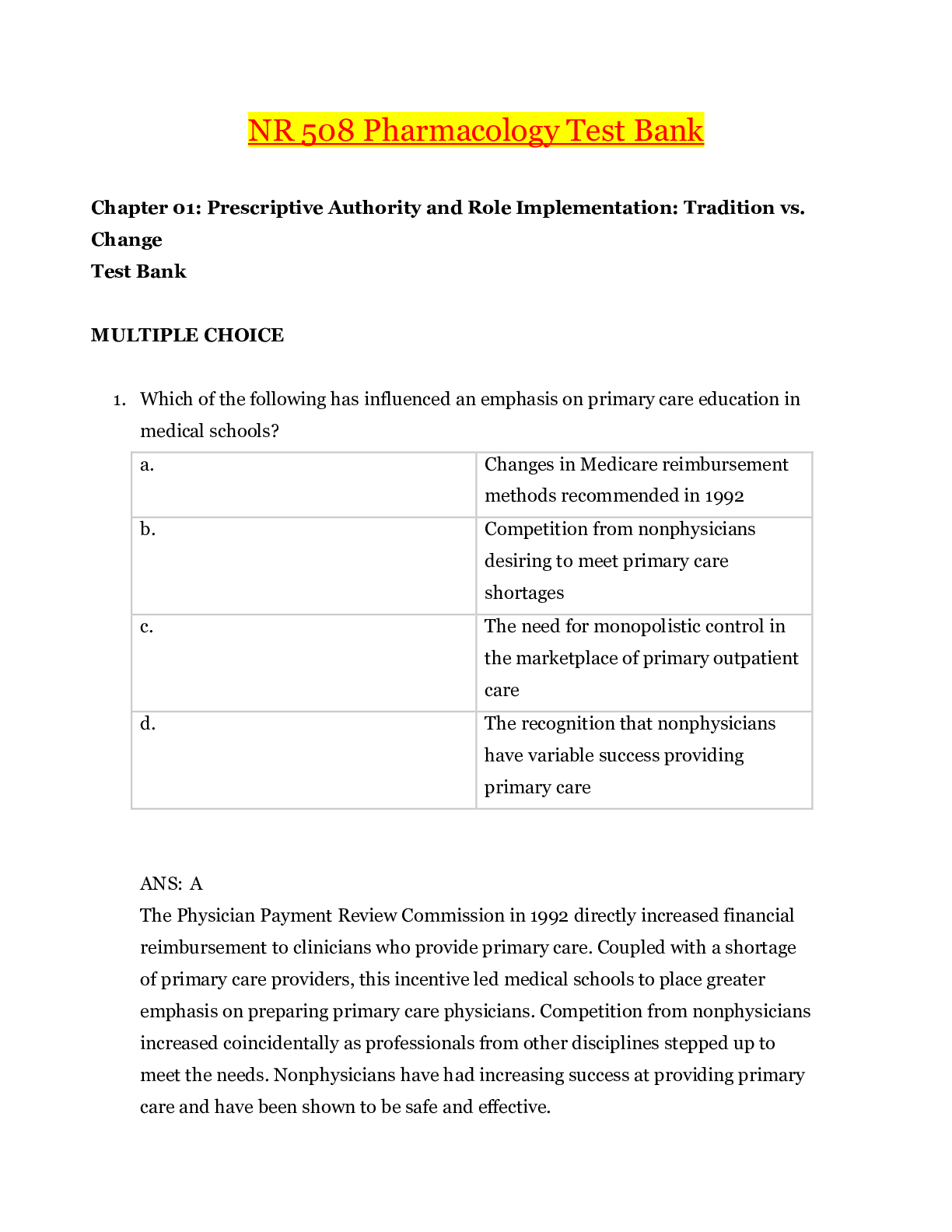
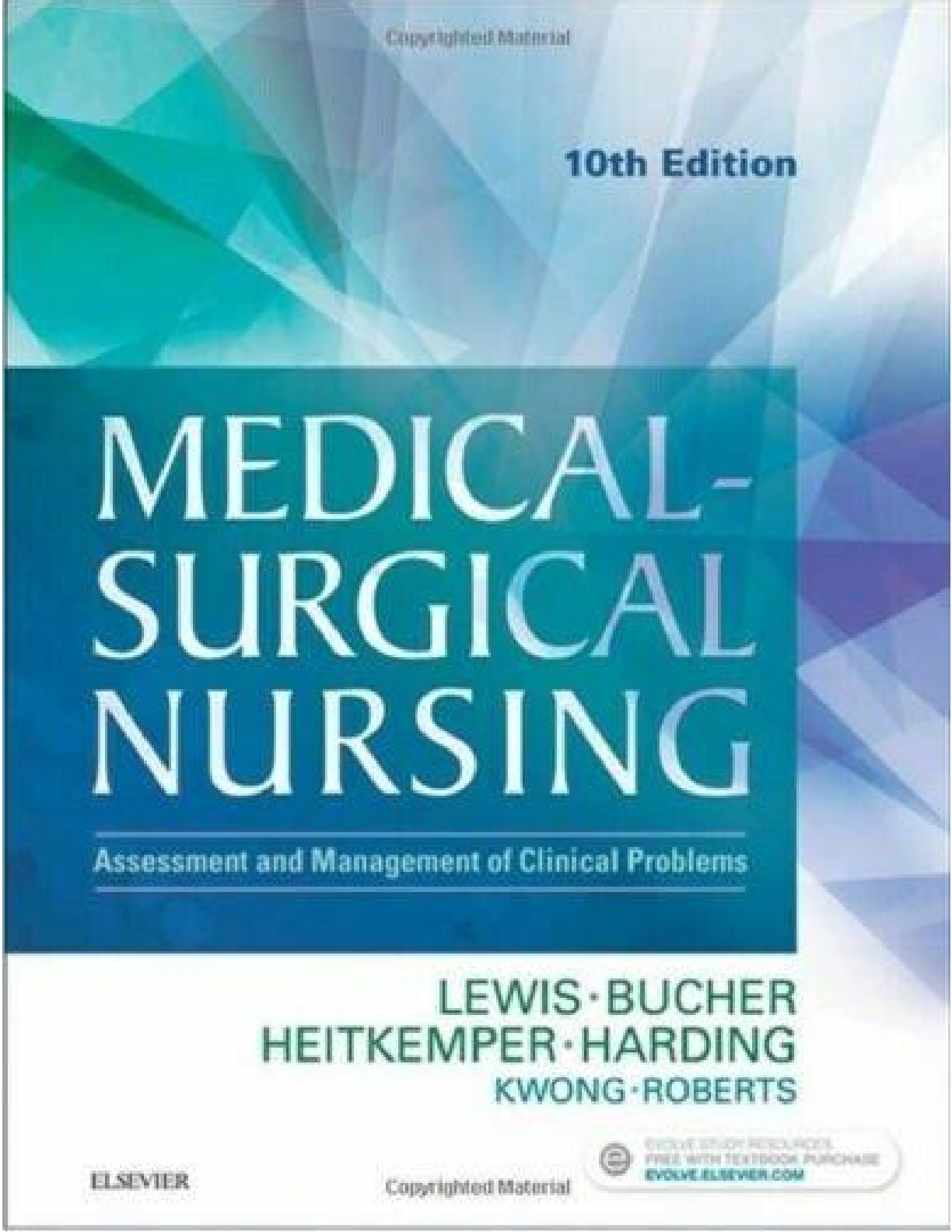
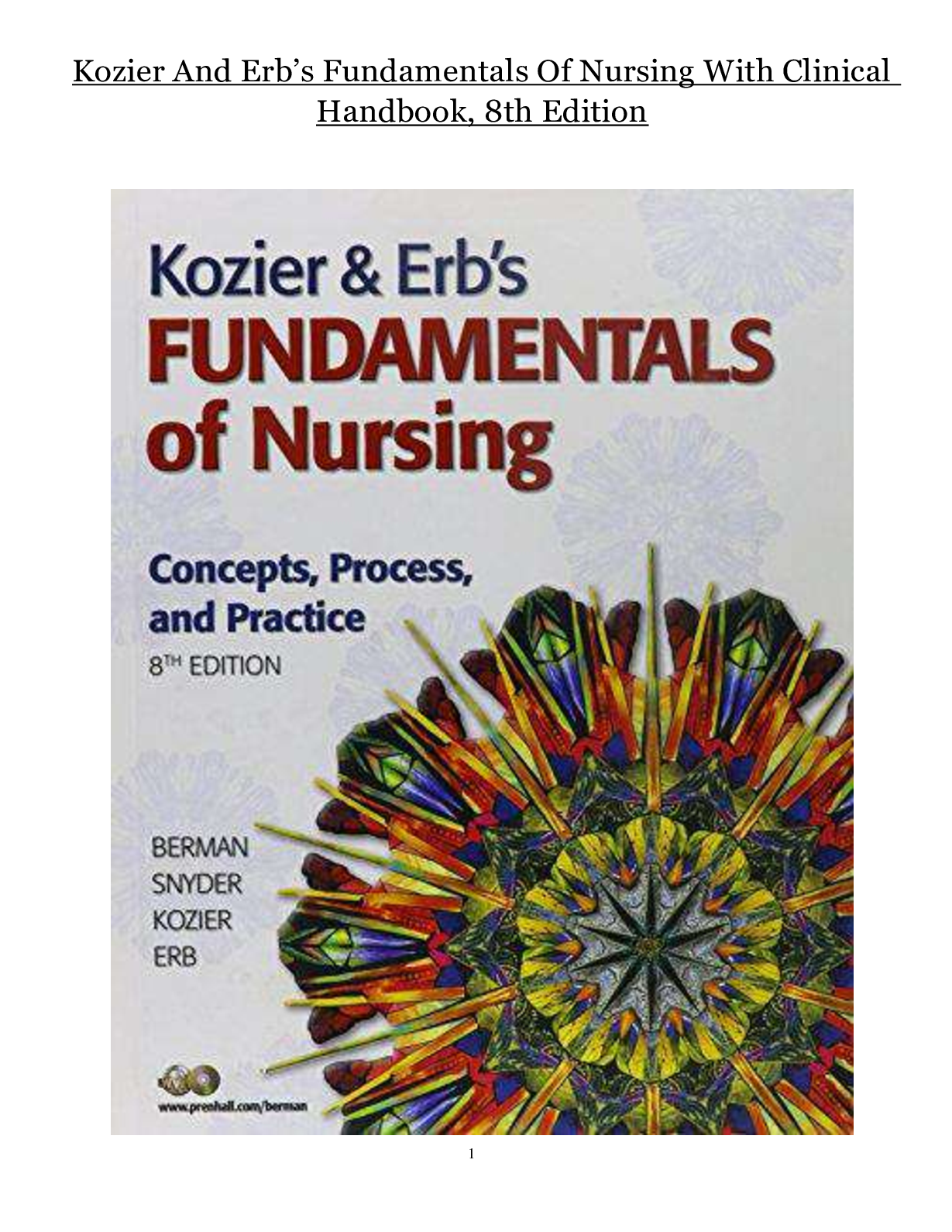
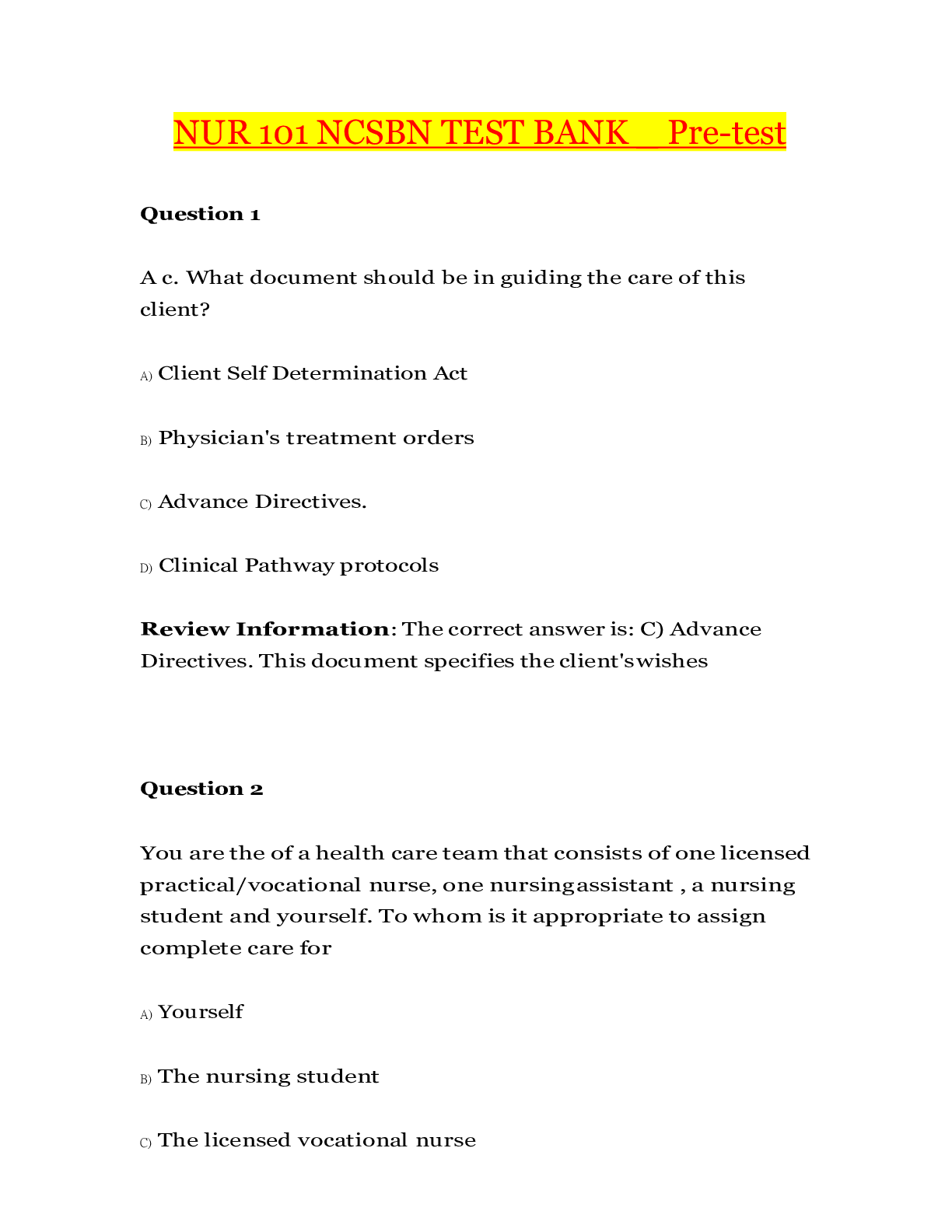
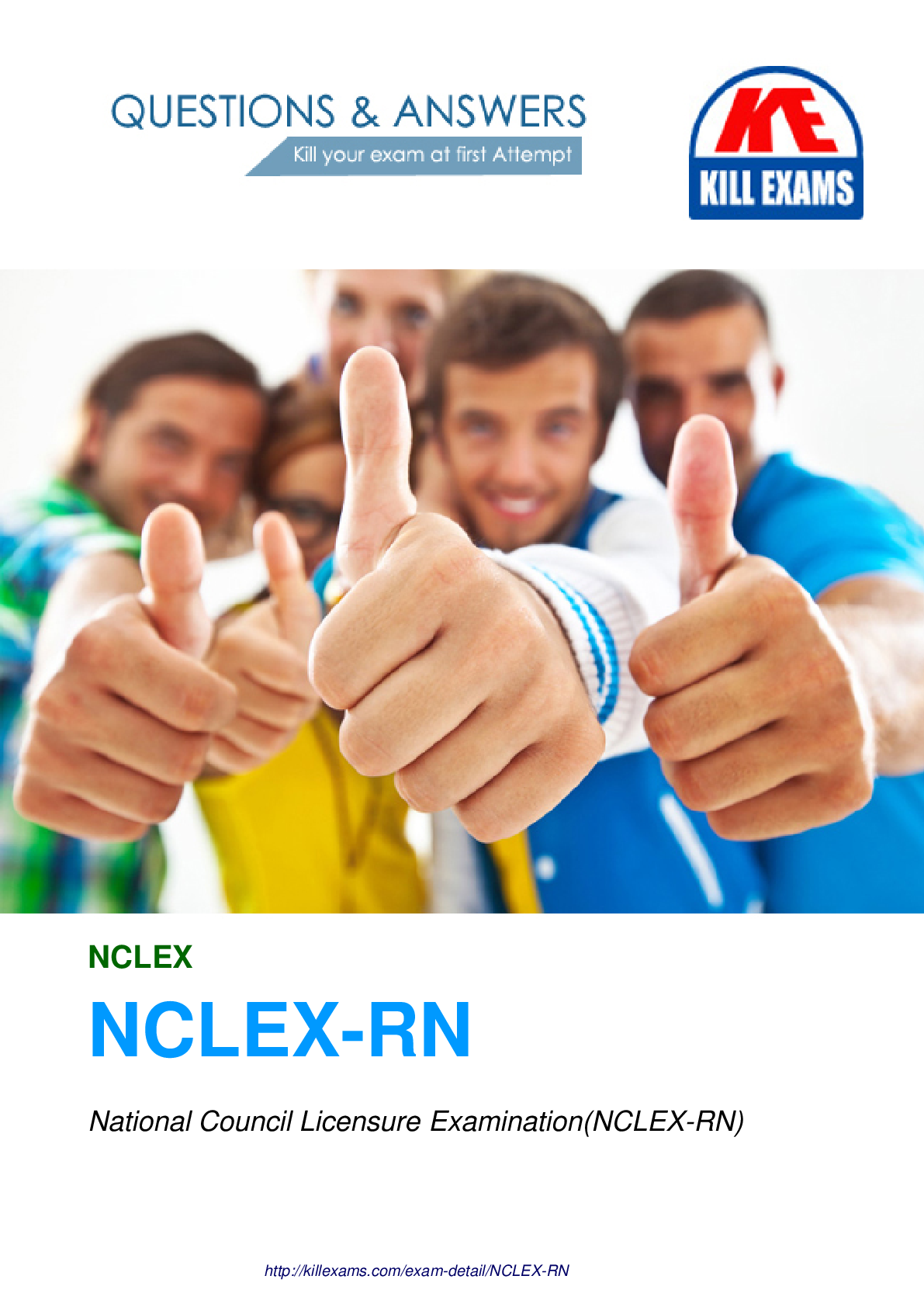

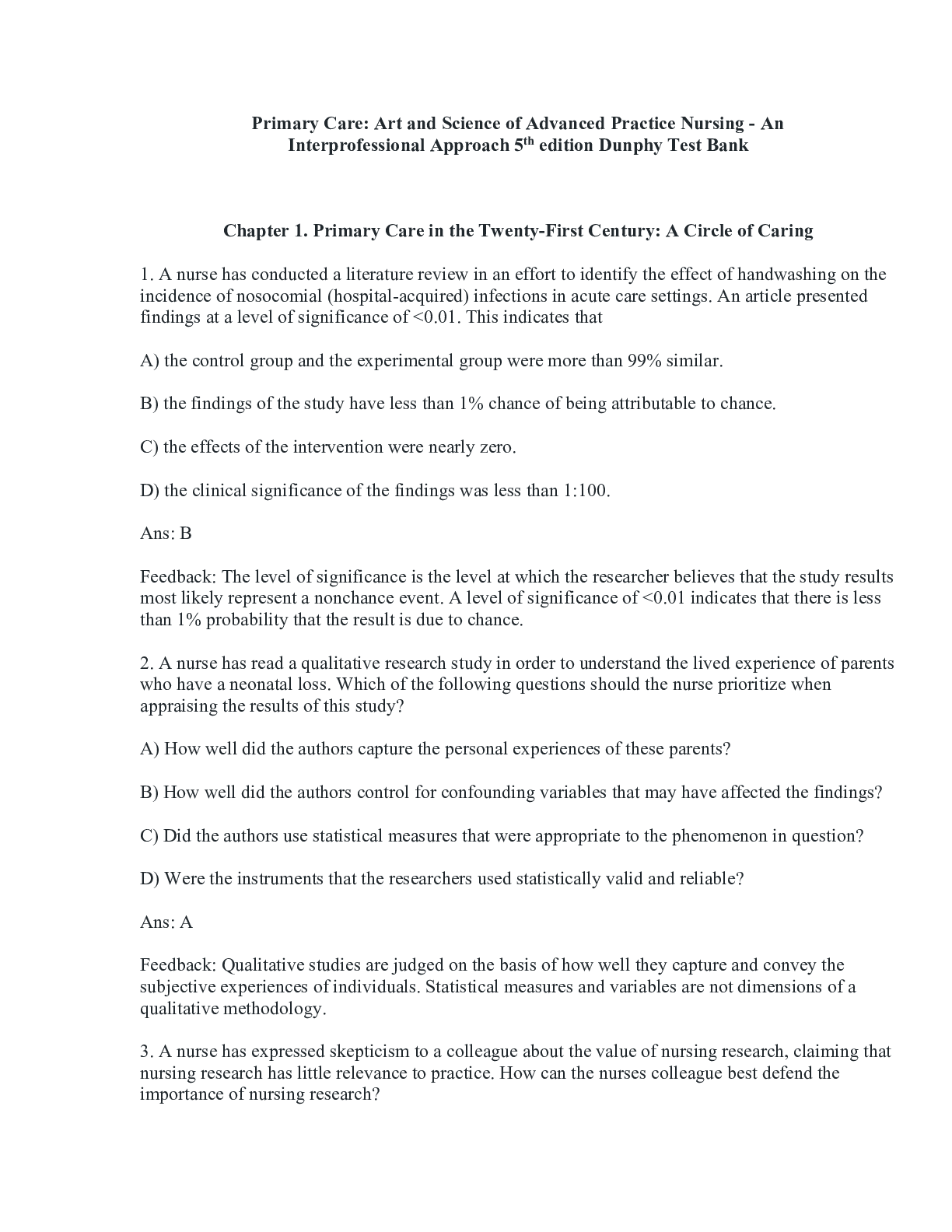
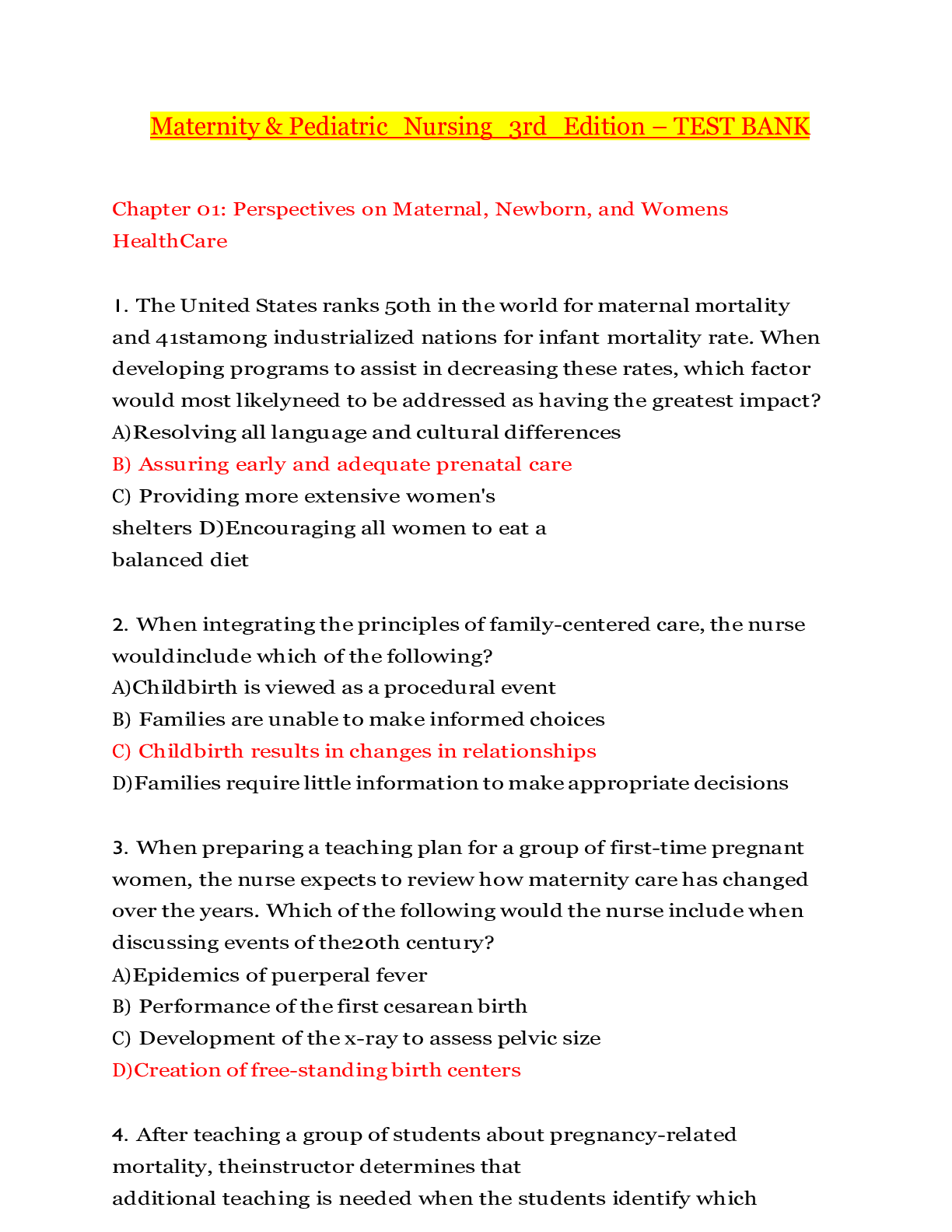
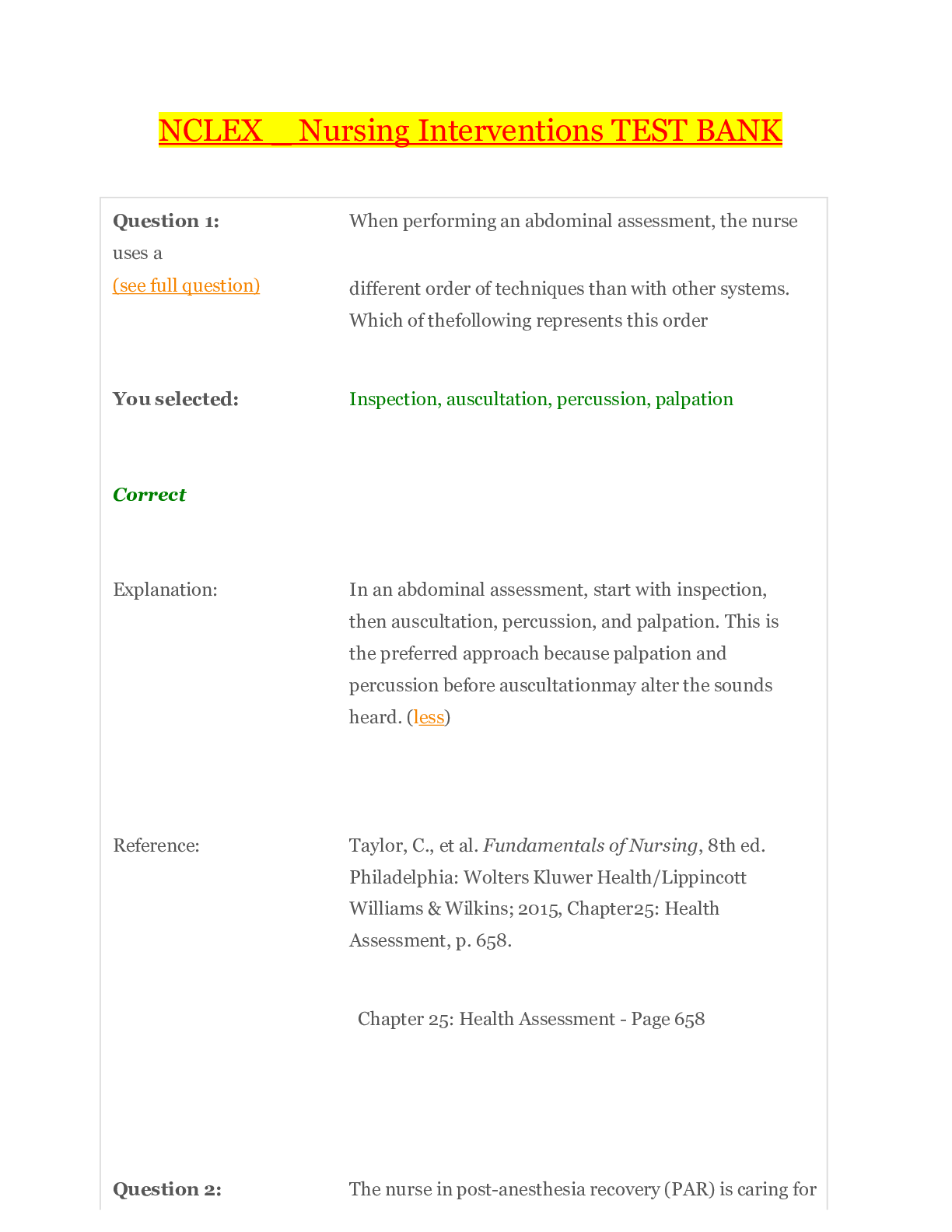
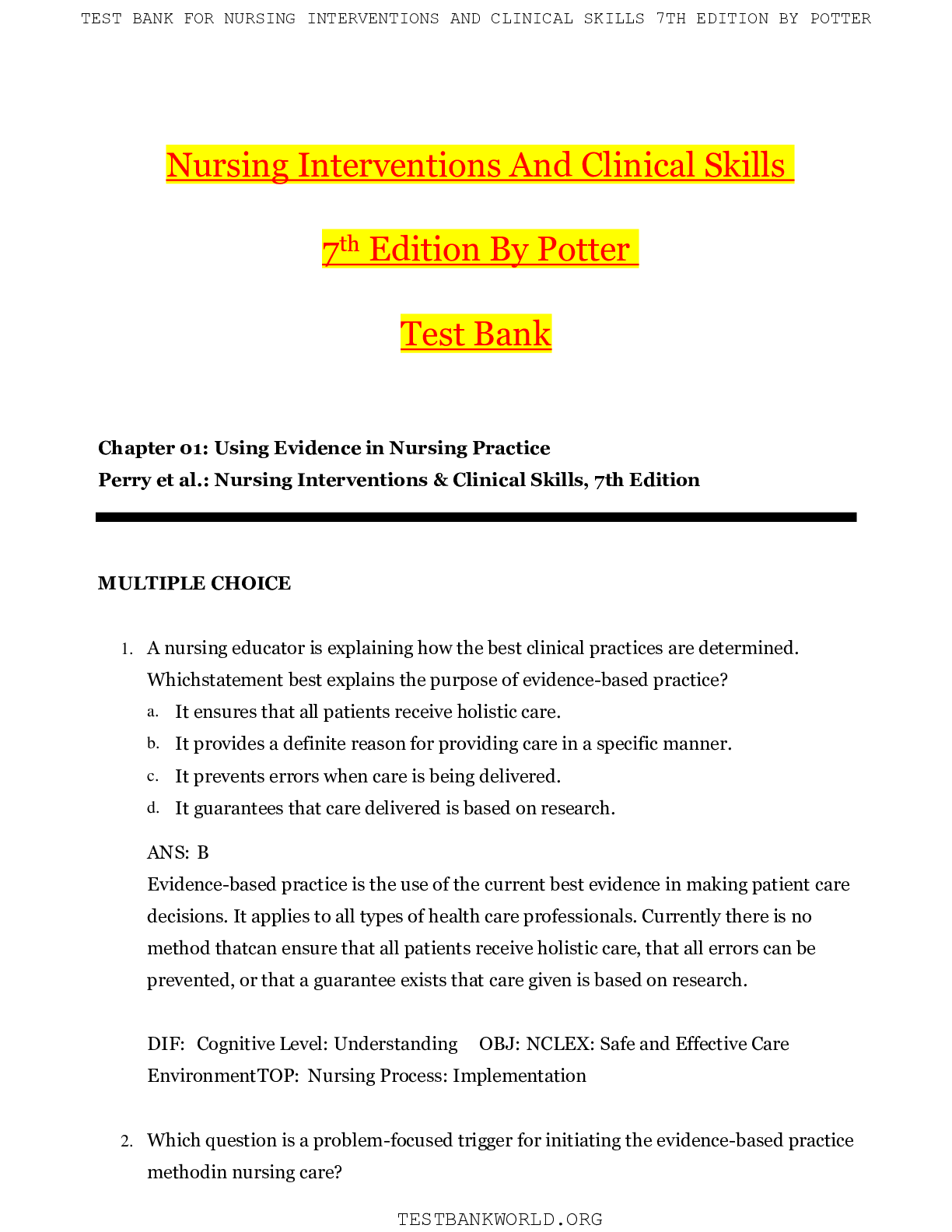
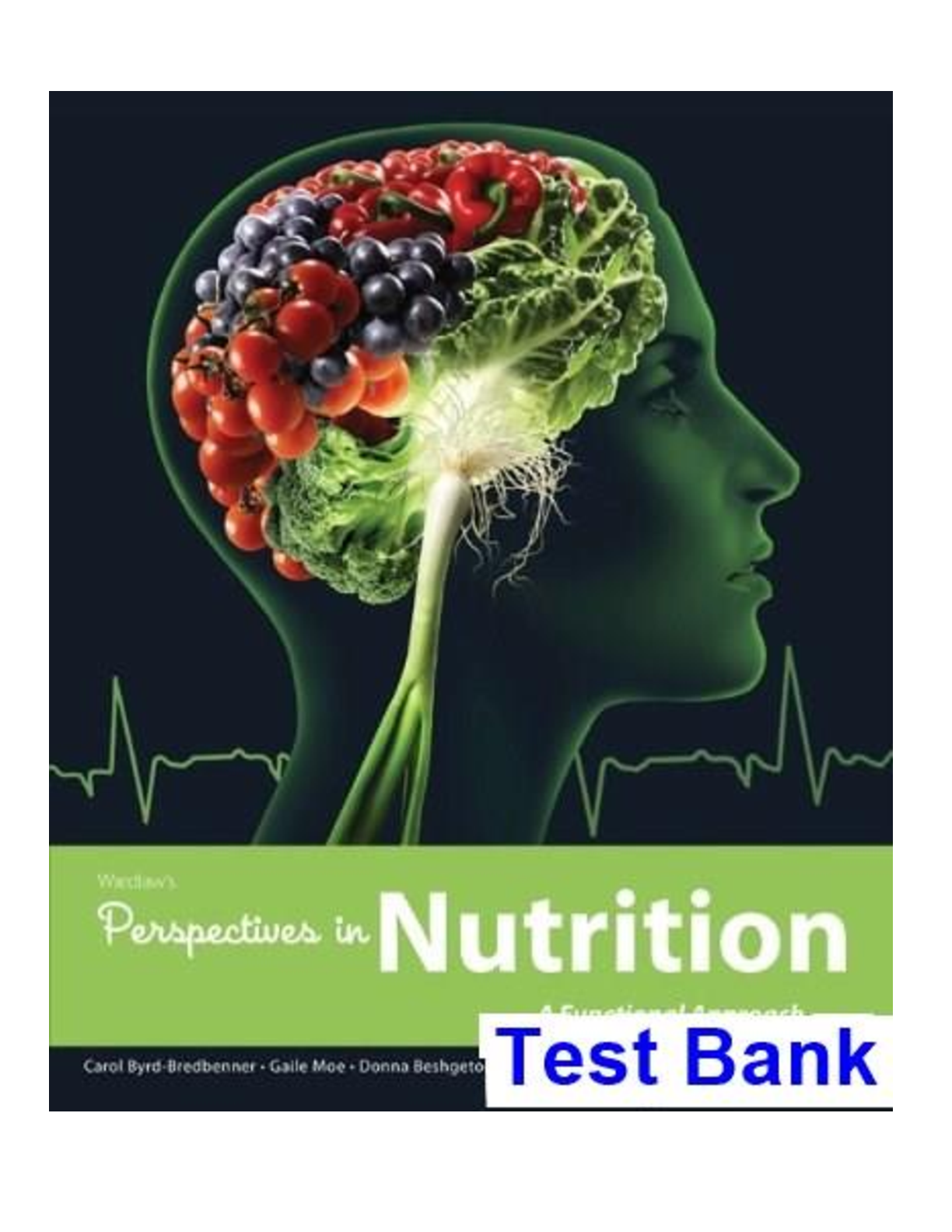
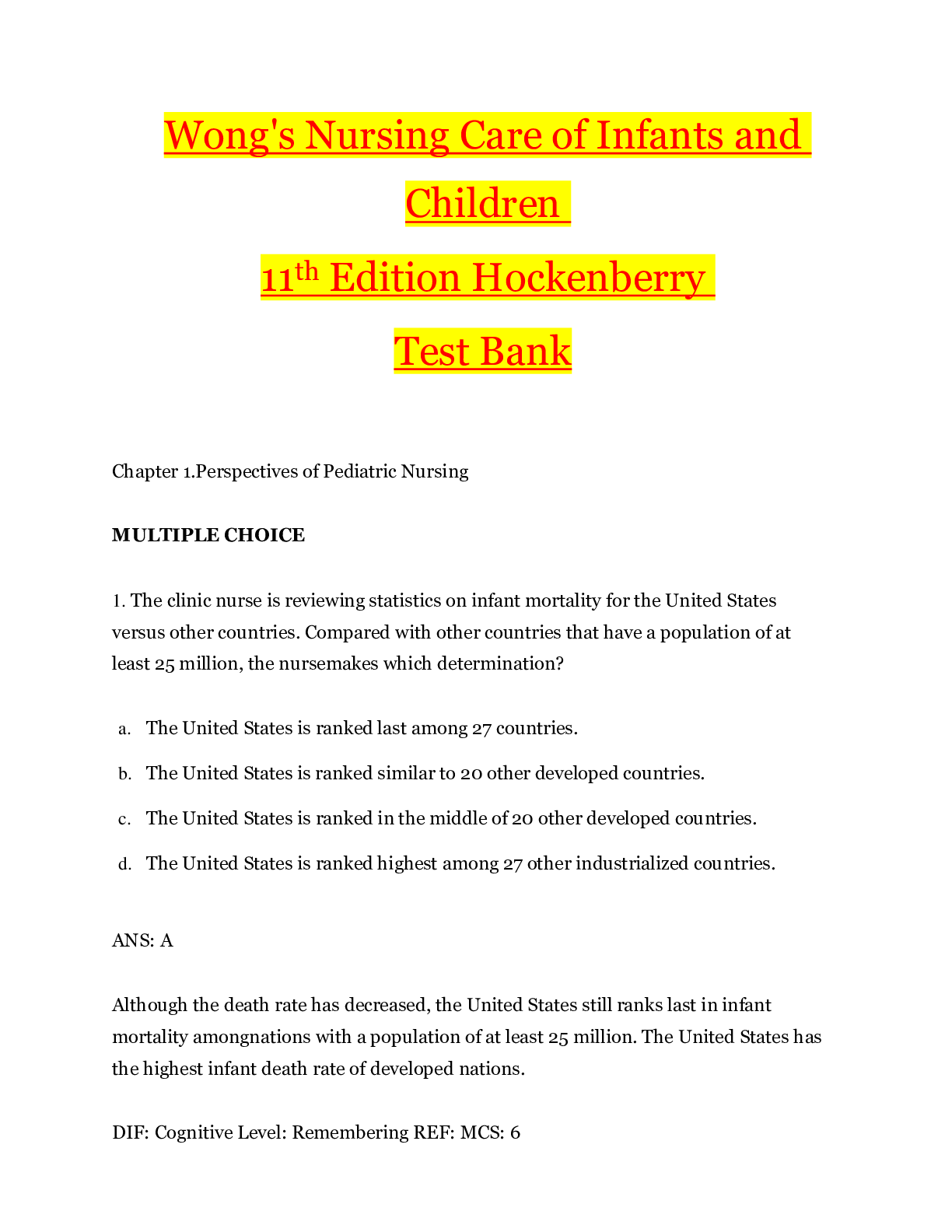
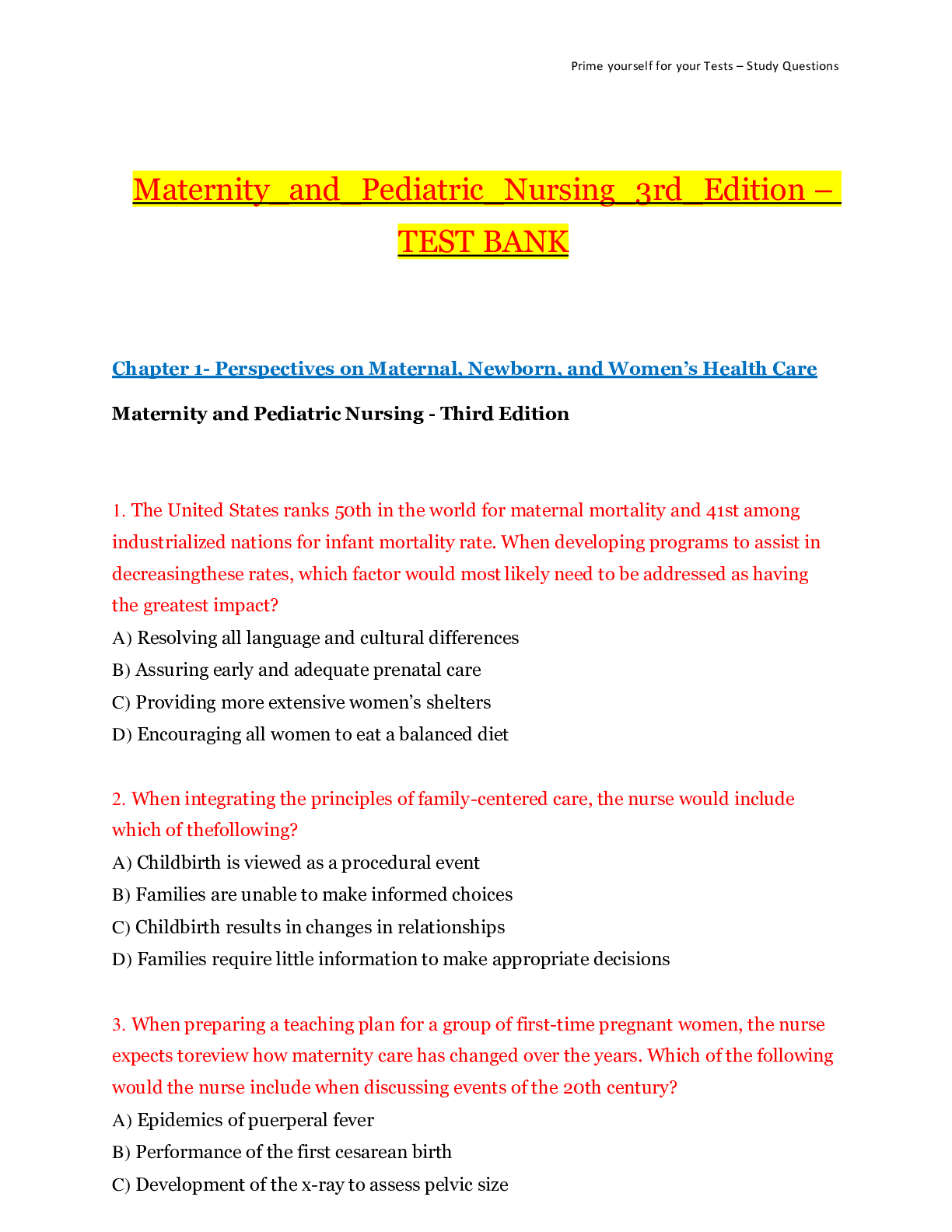
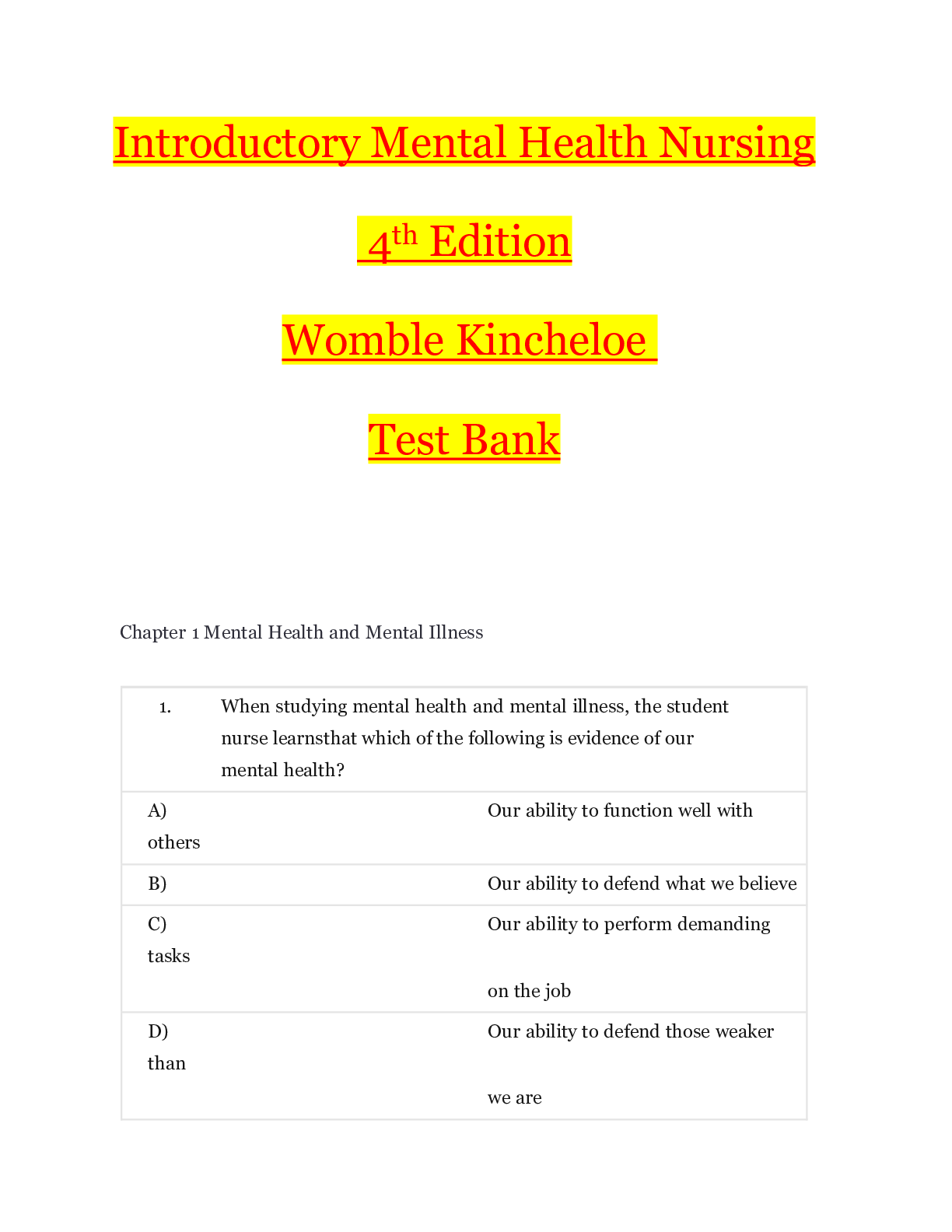
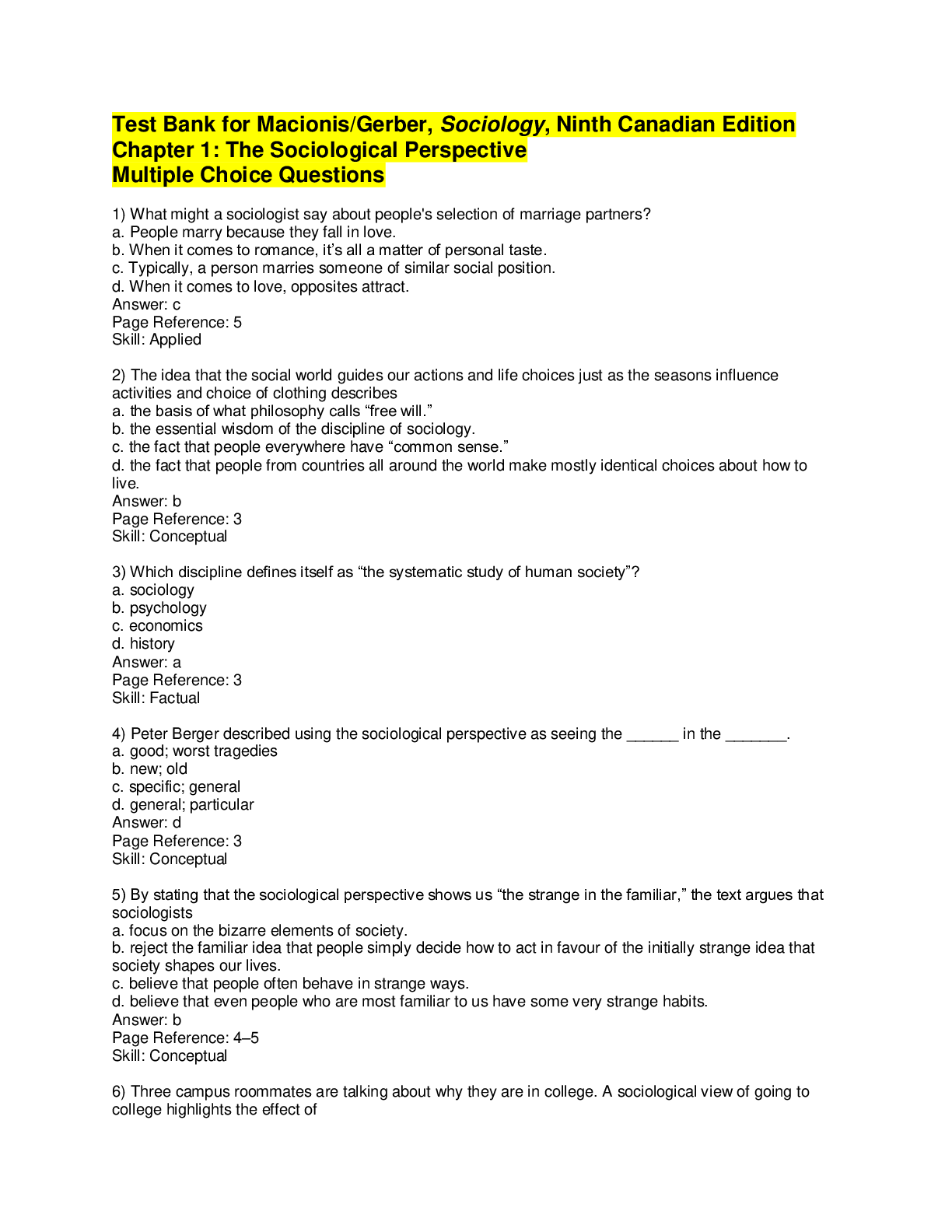


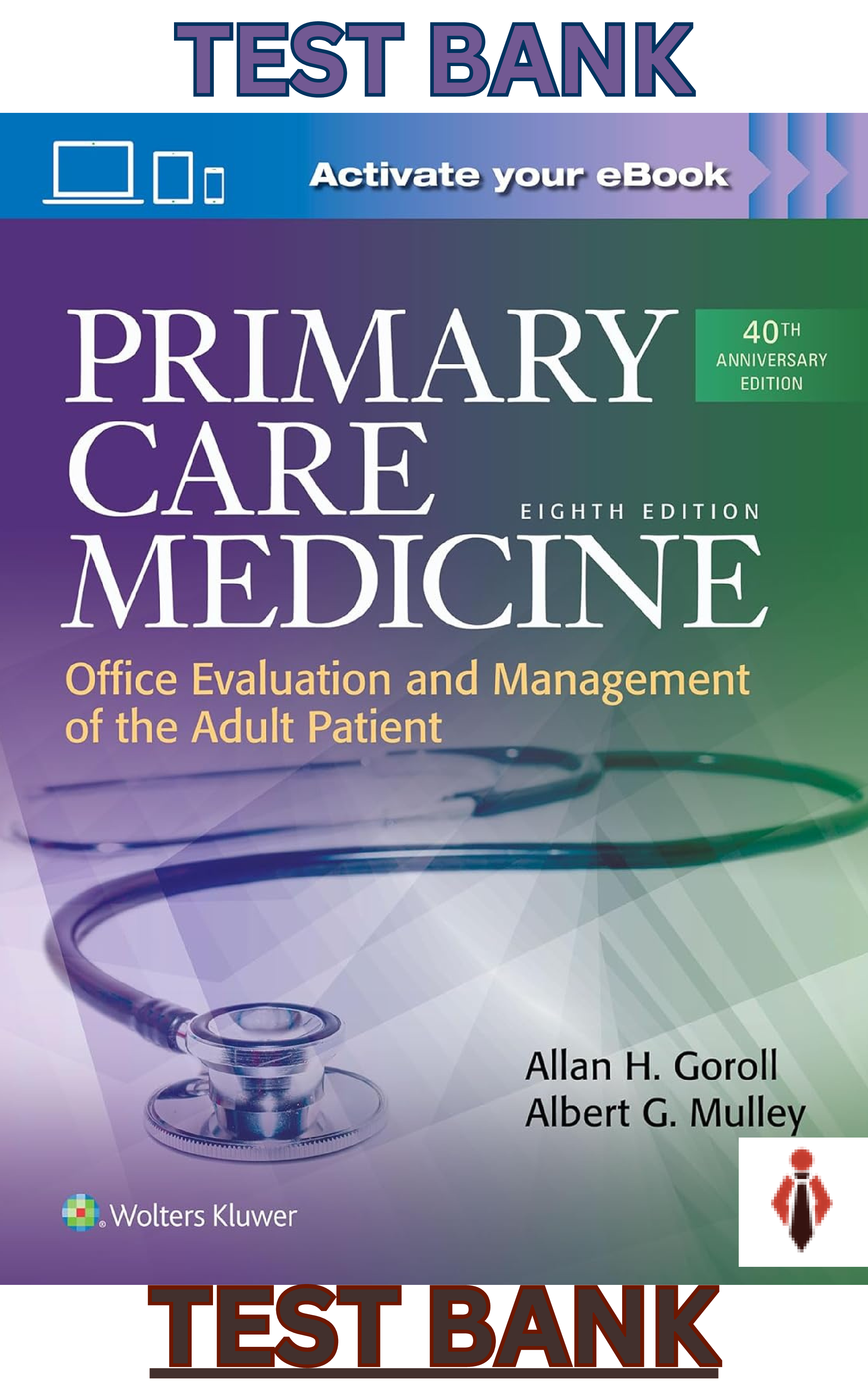

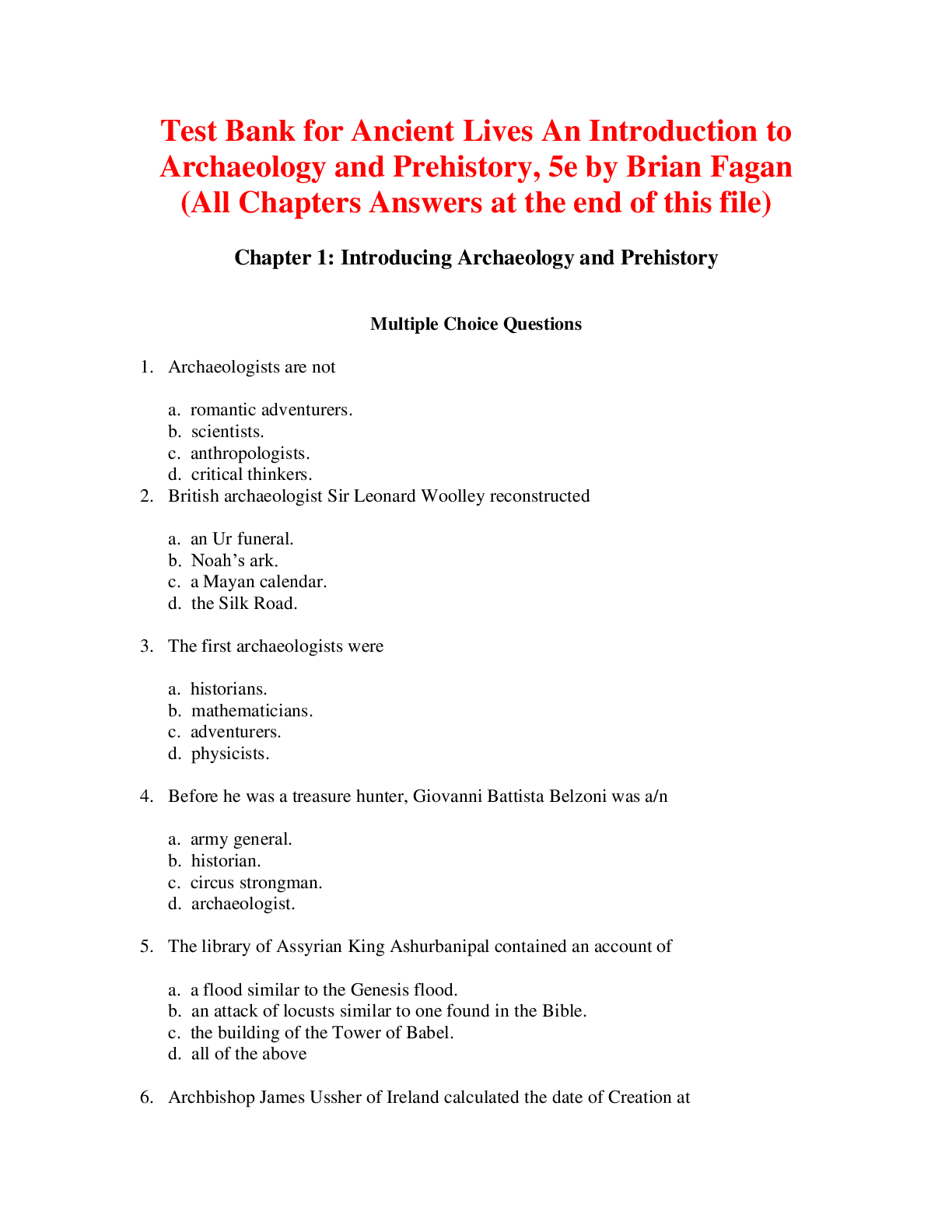
.png)




